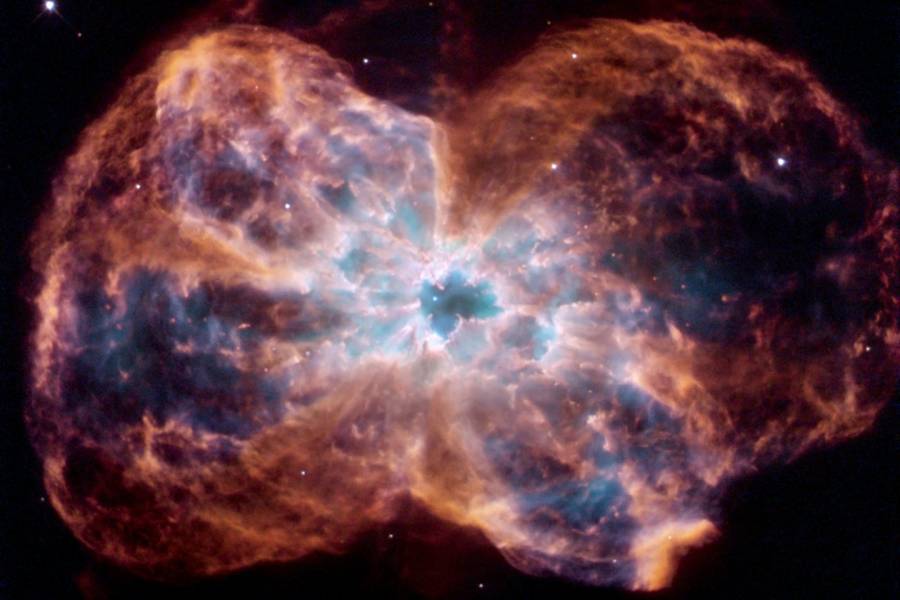
There are lots of never-observed theories in astronomy that we think must be true because there is no other good way to make the math and the models work. For instance, consider white dwarf stars. These tiny objects are the last stage of life for all but the largest stars. They are typically somewhere around the physical size of the Moon and have masses from a few tenths of a solar mass out to a little larger than our Sun. These stars don’t have any nuclear burning in their cores and are supported against gravitational collapse by the ability of electrons to push out against each other, like so many springs between particles.
The thing is that this electron degeneracy pressure can only do so much to support a dead star, and just like springs will compact when put under increasing force, these stars should shrink in diameter as they increase in mass and crush themselves under their own gravity. This weird idea that “white dwarf stars should be smaller in radius as they increase in mass” is such an accepted idea that calculating how the radius changes is a standard homework problem for quantum mechanics students.
We hadn’t really been able to observe this theory because it’s really hard to see objects the size of the Moon at any sort of large distance. Sure, we can see their light, but that hasn’t been enough to measure their radii until now.
In a new paper in The Astrophysical Journal with first author Vedant Chandra, researchers describe how they used data from the Sloan Digital Sky Survey (SDSS) and Gaia to detail out the observed parameters of more than 3000 stars to get at their radii through a trick of relativity.
Light emerging from high-gravity environments gets shifted in color, an effect called gravitational redshifting. Smaller stars with greater mass will exert a larger gravitational pull on the light than a larger, lower-mass white dwarf. This means that the gravitational redshifting of light is directly related to a star’s mass-to-radius ratio. While this may sound almost straightforward, it gets tricky because stars are moving for a whole lot of reasons, and all those motions also shift the light in ways that have to be compensated for.
Trying to subtract out motions due to orbits in binary systems and around the galaxy plus so many other motions is not always possible. Instead, this team, with their more than 3000 stars, assumed that, on average, all the stars have the same random distribution of motions, and if you average all the stars of one radius and all the stars of another radius, those two populations will have the same average motion. Using this logic, they sorted stars by radius, using other techniques to get at that radius, and then looked at the mass-to-radius ratio as a function of radius. Low and behold, our theories proved true, and at least one thing in our reality is exactly as it should be.
More Information
Johns Hopkins University article
“A Gravitational Redshift Measurement of the White Dwarf Mass-Radius Relation,” Vedant Chandra et al., 2020, to appear in the Astrophysical Journal (Preprint on arxiv.org)




 Join the Crew!
Join the Crew!
 Escape Velocity Space News
Escape Velocity Space News
0 Comments